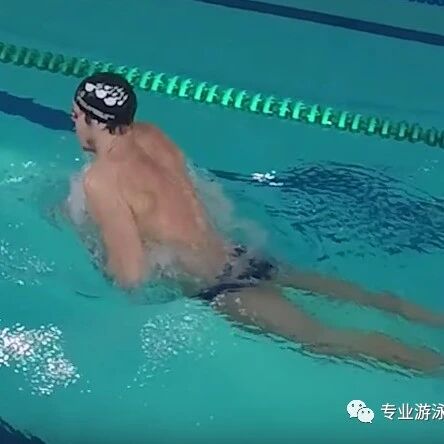Korean beauty swim coach demonstrates common mistakes in beginner butterfly stroke techniques.
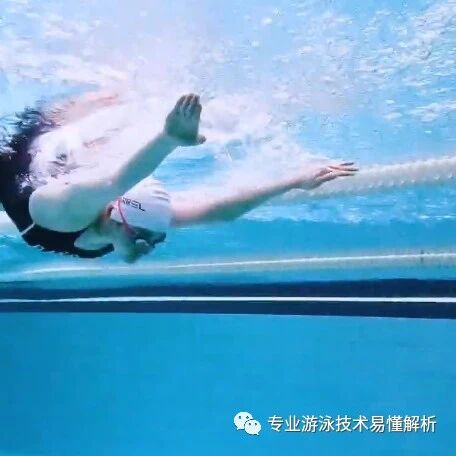
If you’re a swimmer who truly loves the water, you probably won’t be content with just mastering breaststroke or freestyle—after all, learning another stroke can open up even more fun and enjoyment. Compared to breaststroke and freestyle, butterfly requires a higher level of body coordination. That’s precisely why swimming butterfly feels far more rewarding—and deeply satisfying—than other styles.
In terms of propulsion, we can roughly break it down like this: breaststroke relies primarily on your legs, with your arms playing a supporting role; freestyle depends mostly on your arms, while your legs provide assistance. But butterfly demands perfect synchronization between your arms and legs: when your arms are in motion, your butterfly kick helps drive you forward, and when your legs execute their powerful dolphin-like motion, your arms come into play to enhance momentum.
Before diving into butterfly, swimmers should first master the fundamental skills of freestyle kicking and the efficient arm movements used in both breaststroke and freestyle. These basics form the essential foundation for successfully transitioning into butterfly. Without this solid groundwork, attempting to learn butterfly straight away is like jumping into the deep end without knowing how to swim—it’ll only lead to frustration and confusion, leaving you unsure of how to overcome the challenges you’ll inevitably face. Here, we’ll analyze some common mistakes beginners make when first tackling butterfly.
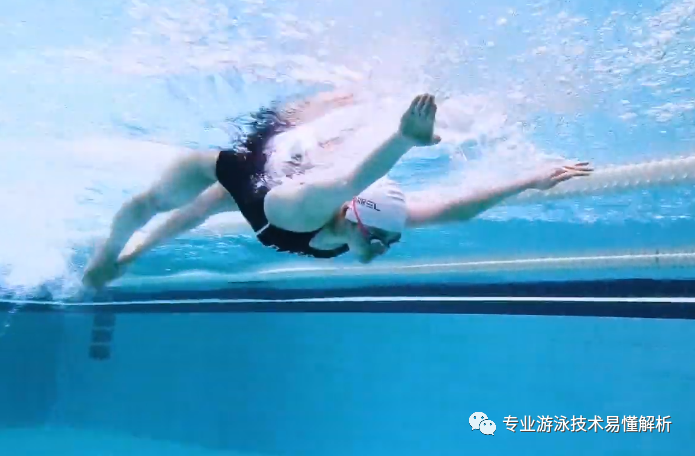
1. Mistake #1: Practicing butterfly kicks alone
From the perspective of propulsive power, the butterfly kick ranks second only to the breaststroke kick. However, when it comes to efficiency in generating forward motion, the reverse butterfly kick—or backstroke butterfly kick—is actually the most effective, followed closely by the standard butterfly kick, then the freestyle flutter kick, and finally the breaststroke kick. But why is the reverse butterfly kick the strongest? This is largely determined by the anatomy of the leg joints. The structure of these joints naturally makes it easier and more powerful to kick forward rather than backward—much like how a punch delivered outward from the arm feels faster and more fluid than one thrown inward. When performing the reverse butterfly kick, the leg movement follows an upward trajectory. As the leg kicks upward, water resistance decreases significantly, allowing for a smooth, accelerating motion. In contrast, during the standard butterfly kick, the leg moves downward, creating greater resistance with each stroke. Now, what happens if you consciously try to kick upward instead? In that case, the upward motion mimics a "hooking" action of the leg, which inherently slows down the speed of the kick. That’s precisely why the reverse butterfly kick generates the greatest propulsive force during swimming.
Many butterfly swimmers choose to wear flippers specifically to practice the butterfly kick—this is a great way for those who already have a solid butterfly technique to refine their skills further. However, it’s not ideal for beginners just starting out with butterfly. Instead, mastering the coordination between arms and legs should be a priority from the very beginning. After all, in butterfly swimming, perfect timing of the kick combined with the right arm movements—efficiently pulling and pushing through the water—is the key to swimming smoothly and efficiently.
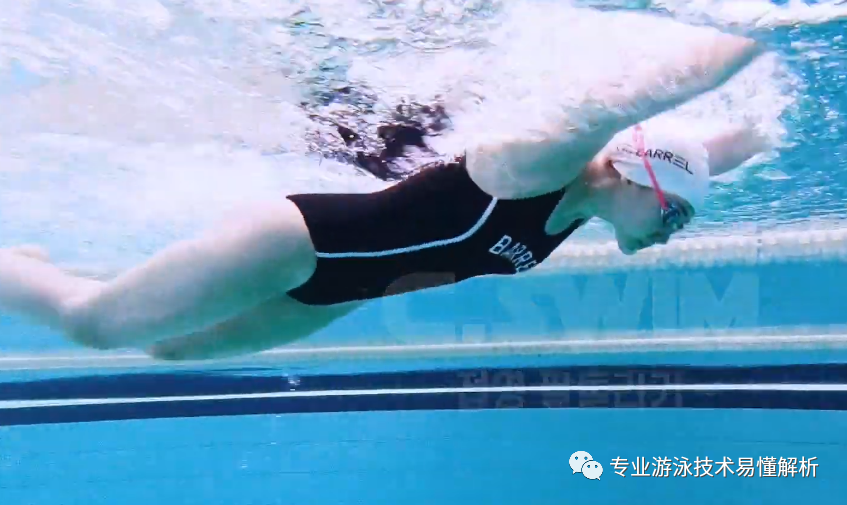
2. Mistake No. 2: Butterfly kick focuses solely on applying force.
When swimming butterfly, you should perform at least one butterfly kick—but ideally two, with one lighter and one heavier. However, this variation in intensity isn’t something you consciously control; instead, it emerges naturally as your butterfly arm movements synchronize fluidly with your kicks. Intentionally forcing a stronger or weaker kick, on the other hand, would disrupt your overall sense of connection with the water during the kick phase, as well as your ability to time your leg movements precisely in harmony with your arms.
When the butterfly stroke arm pushes water backward, the butterfly kick simultaneously propels the body forward. As the arm completes its recovery and moves ahead, just before entering the water again, the butterfly kick finishes its up-and-down motion. This brief moment creates a smooth glide—precisely when the arm is gliding forward, it should naturally catch the water, allowing the swimmer to smoothly transition into the next powerful pull-back phase. Unfortunately, many butterfly swimmers either fail to fully experience this gliding sensation altogether—or, even if they do feel it, they tend to overlook the critical "catch" phase of the stroke, instead immediately pushing the water backward. Such an approach directly undermines the effectiveness of the butterfly kick, reducing the power generated by the legs and making it far more difficult for the body to build momentum and propel forward efficiently.
One thing to note is that many butterfly swimmers tend to overextend their arm movements during the outward sweep. While the outward motion in butterfly resembles that of the breaststroke, there’s a fundamental difference: in breaststroke, the outward sweep is designed to "catch" the water, ultimately helping to pull the body forward and lift it higher—there’s no actual pushing action involved. In contrast, the butterfly swimmer’s outward sweep serves to quickly position the arms into the optimal catch phase, enabling a more powerful acceleration into the subsequent push-through phase.
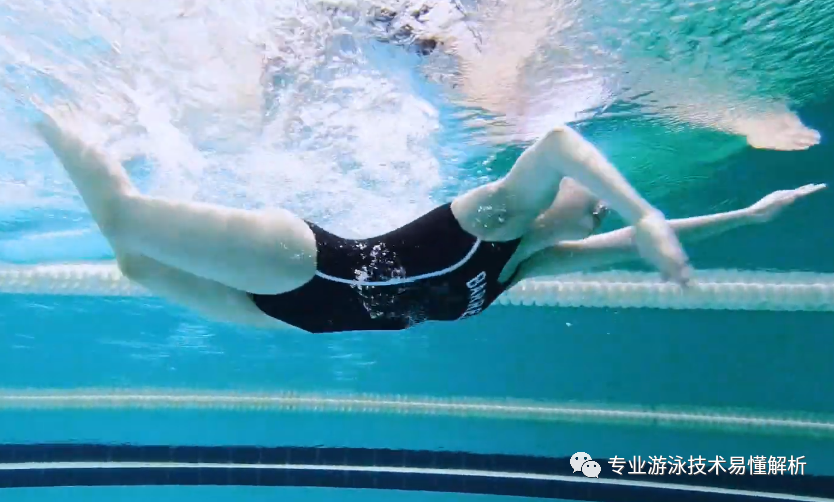
Freestyle and backstroke are classified as long-axis swimming styles, while breaststroke and butterfly belong to the short-axis category. In long-axis swimming, the key lies in relying primarily on core strength to maintain a rigid, straight body position, enabling the coordinated of the entire body. In contrast, short-axis swimming emphasizes the effective use of core and hip muscles, with the technique’s essence captured in these eight characters: "Lead with your waist, drive with your hips—and let your hips propel your waist."
For a detailed understanding, refer to the movement techniques regarding hip strength application in breaststroke and butterfly swimming, as previously shared in the article—no need to repeat them here. The chest-pushing motion in butterfly is often a major challenge for beginners, but once you grasp how the butterfly kick generates hip elevation, which in turn propels the lower back forward, allowing the upper body—especially the chest—to naturally dip downward, the chest-push becomes a smooth, natural upward movement. Conversely, if your body remains rigidly straight, not only will the chest-push fail—but even the transfer of hip power to the lower back will largely cancel out due to opposing core forces, making it nearly impossible to achieve the necessary downward tilt of the torso.
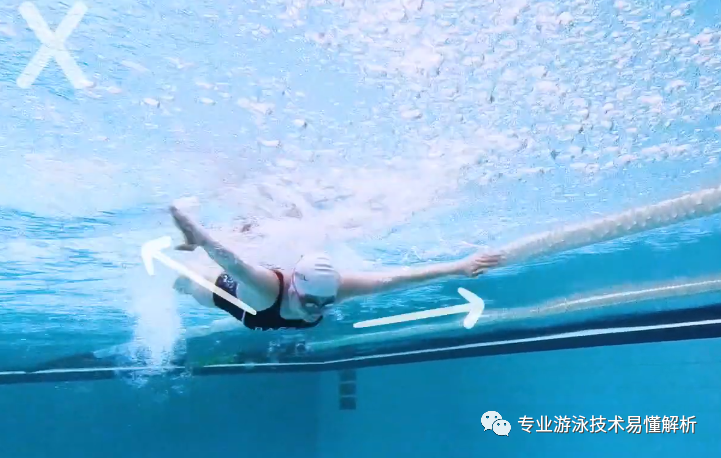
One WeChat official account shares swimming tips, while another focuses on software insights, online resources, and reading experiences.
Thank you for your supportive and encouraging likes, as well as the comments that spark meaningful conversations—and even more, we’d love for you to share and forward this content!


Related Articles
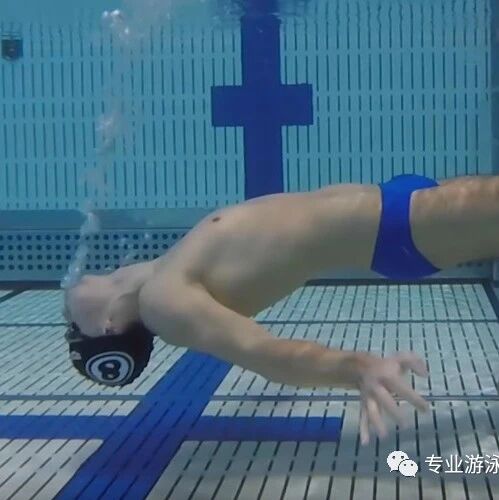
Breathing in swimming is a pseudo-problem—it’s a breathing technique unrelated to your stroke.
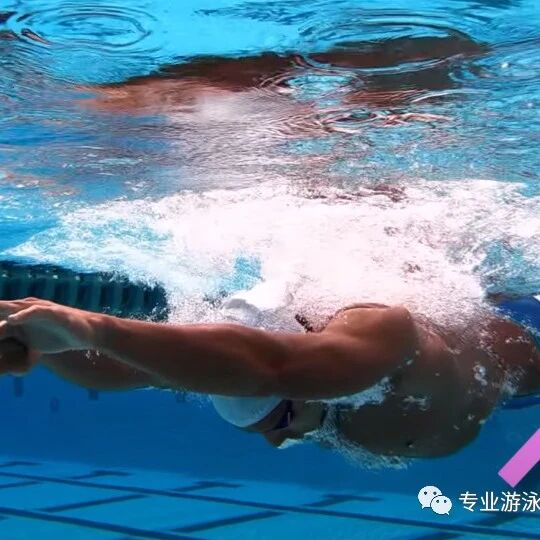
Perform the frog kick—pulling, pushing, and squeezing the legs—with proper form and within your limits. Learn about the beginner's pathway for mastering breaststroke.
